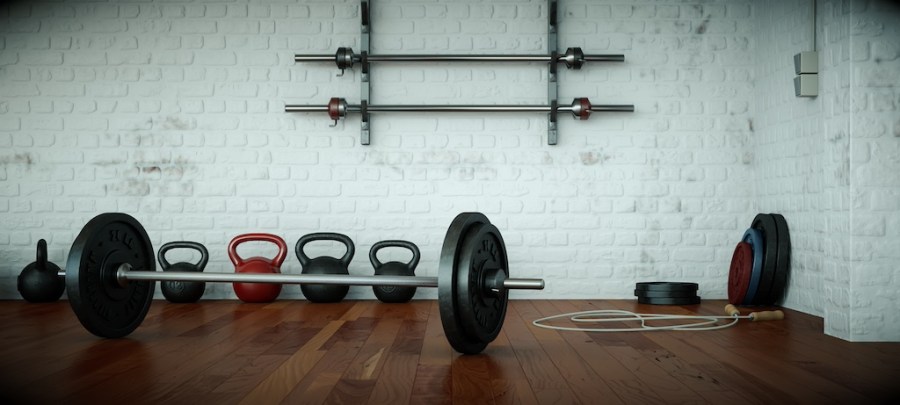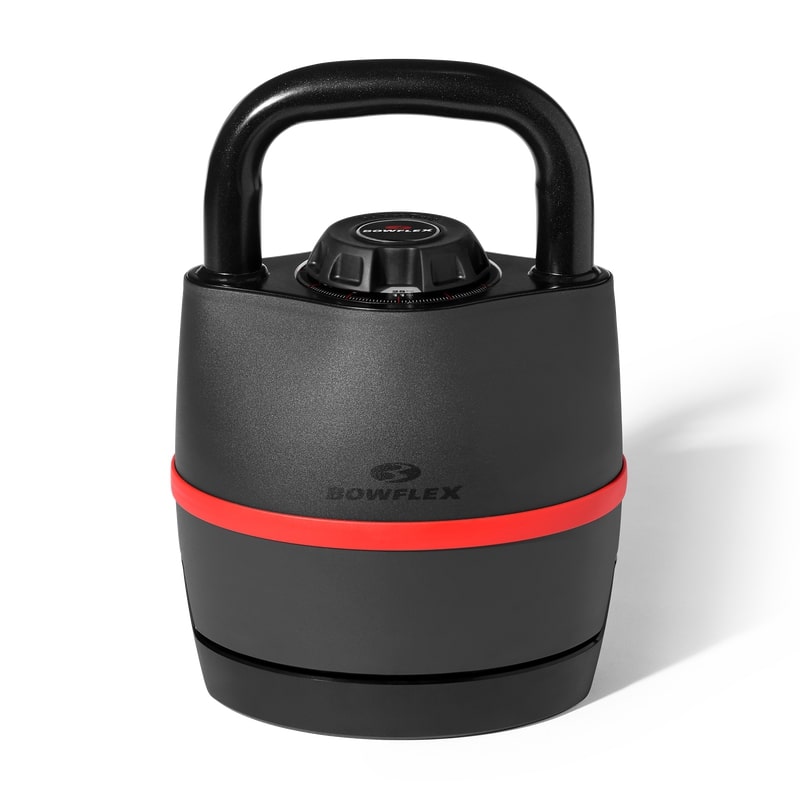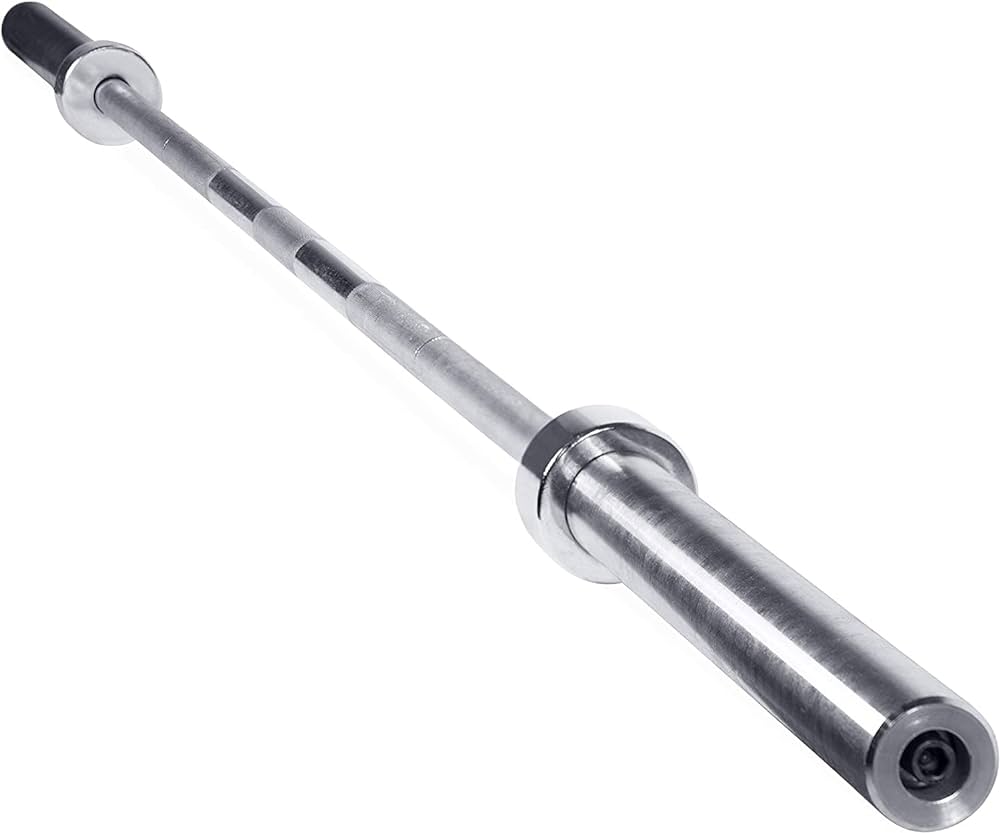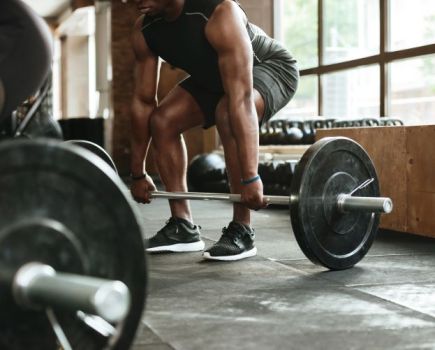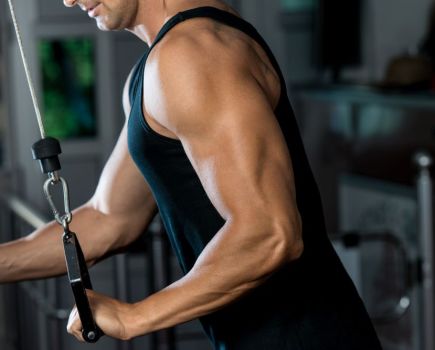Fitness expert and renowned PT Luke Worthington explains the benefits of kettlebells vs barbells for different strength and conditioning goals…
Despite kettlebell exercises entering the mainstream, barbells have long since had the rank of the ultimate piece of gym equipment. No matter what your fitness goal, there is a barbell exercise to help you achieve it. However, the best kettlebells are emerging as a serious contender to the barbell’s throne.
Once the super secret hardcore training tool of the Soviet military, now, thanks to the advocacy of former Special Forces operative Pavel Tsatsouline, kettlebells are seen as an essential addition to almost every gym. But is there really any reason to re-invent the wheel and use kettlebells in place of a barbell?
To answer the question ‘which is better’, we really need to be considering the deeper question of ‘for what?’
Kettlebells vs barbells: know your goals
Broadly speaking, intentional exercise (workouts) with weights will have a purpose of building strength, improving body composition (hypertrophy), or increasing rate of force production (power). And while these goals are absolutely not mutually exclusive, it does tend to make sense to be prioritising one during any given period.
Shifting between training for force production and hypertrophy means a shift of some of the variables of working against resistance – specifically the duration of the working set. If our goal is to increase the cross-sectional area of a muscle, generally we look to have a longer duration of set (around 60 seconds), with as much focus on the eccentric (lowering) phase of movement as the concentric (lifting). This causes the greatest amount of metabolic damage, which – with the adequate hormonal and nutritional environment – will lead to the greatest potential for lean muscle growth.
If we’re looking to train for increasing absolute strength, then generally we have sets of shorter duration (less than 20 seconds), and the focus is very much on the intention of moving against the load with as much force as possible, activating the maximum number of motor units and contracting the most muscle fibres.
If we’re looking to improve rate of force production, then we go a stage further and look to lift a weight for short sets, but lifting it explosively. In this instance, loads will be somewhat less than maximal, with the focus more being on the speed of the movement.
Kettlebells and barbells both allow us to work against resistance, they both allow us to manipulate the variability of load, both allow us to complete more volume, and both allow us to manipulate the weight in an explosive fashion.
However, when it comes to lifting weights fast (think cleans, snatches, push presses), there is a very different skill element required when using kettlebells vs barbells.
Get to grips with the Bowflex SelectTech 840
Kettlebells vs barbells: technique differences
A barbell is quite a cumbersome object. Its structure means that the majority of its mass (the weight plates) is distributed some distance away from its balance point (the centre of the bar). Kettlebells, on the other hand, are small and compact, with the majority of their mass (the ‘ball’) directly adjacent to the handle. As well as making them easier to manipulate, that also means that kettlebells can be used equally with either one hand or two.
The long and rigid structure of a barbell means that any kind of lift from the floor, or overhead, or from the floor to overhead (as in a power clean, hang clean, snatch or push press), will require the lifter to manoeuvre the bar around their limbs and joints. That requires a fair degree of technical proficiency.
The small, compact nature of a kettlebell, on the other hand, means moving it above and around the body is relatively easy in terms of skill. Simply put, there are fewer things in the way.
When it comes to explosive barbell lifting, the most important factor in its success is technical proficiency. Depending on the training age, skill and mechanical ability of the client or athlete, it may take several weeks or even months to become technically proficient enough at explosive barbell lifting.
Looking at explosive kettlebell lifting, the small, compact, easily manipulated ball weight keeps its centre of mass much closer to the centre of mass of the athlete. That means there is minimal shear force experienced and in turn a vastly reduced injury risk and technical complexity. Most individuals can progress to effective loading of a kettlebell for ballistic lifting in as little as a few hours.
When it comes to adding load, whether it is in the pursuit of increased force production or increasing muscle mass, the barbell gives us an almost infinite amount of flexibility in terms of increment, and an almost limitless ceiling for the amount of load we can potentially add to it.
Upgrade your home gym with this Olympic barbell
Kettlebells vs barbells: what’s best for you?
In my opinion, when it comes to training for hypertrophy or absolute strength, the barbell’s ability to allow us to move the most load means it’s still king.
However, when it comes to training for speed and power, or using weights for conditioning, the small and compact nature of the kettlebell means performing ballistic movements such as cleans, push presses and snatches requires far less technical training than with a barbell. Less technical training means becoming proficient enough to perform ‘work’ sets with minimal injury risk occurs much more quickly in a program, which means quicker results.
The answer to the question which is better will – as is often the case in health and fitness – be the rather unsatisfactory ‘it depends’. It really depends on what it is you’re training for, as well as your technical / mechanical skill level.
My thoughts are: if you’re training for strength or size, barbells win. Training for speed or power, kettlebells will generally get you there quicker and more safely.
The good news is this isn’t a zero-sum game, and most of my clients use a combination of both in every workout.
Related content

